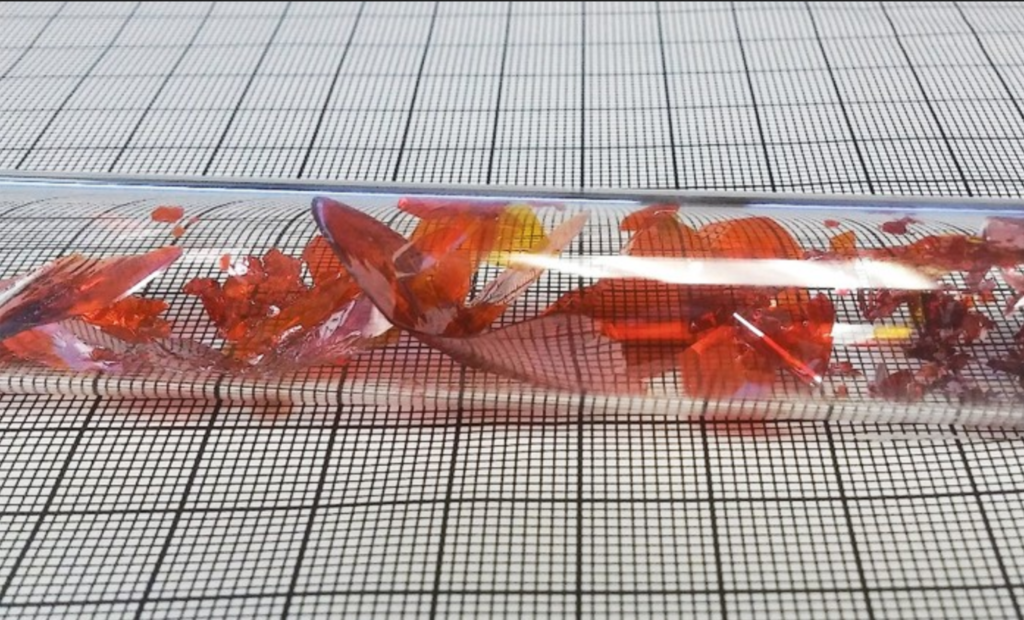A new semiconductor made from lithium, indium, phosphorus, and selenium could lead the way to hand-held, portable, sensitive neutron detectors (Nature 2020, DOI: 10.1038/s41586-019-1886-8). Such instruments can spot nuclear materials and play key roles in national security, nuclear medicine, and scientific research.
Neutron detectors rely on the neutron-absorbing properties of a small number of nuclides including 3He, 10B, and 6Li. When materials containing these nuclides absorb a neutron, they produce high-energy charged particles that trigger secondary events that lead to detectable signals.
The most common detectors for thermal neutrons, ones with moderate energies, include so-called proportional counters—tubes filled with 3He or 10BF3 gases that generate electrical signals—and scintillation detectors, light-emitting devices typically based on 6Li compounds. These instruments tend to be large and have other shortcomings. For example, 3He is rare and the stockpile is dwindling, and boron trifluoride is toxic.

